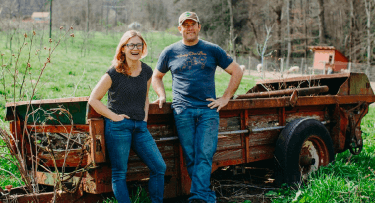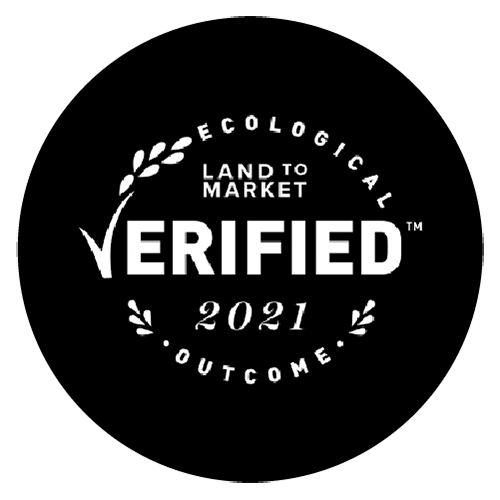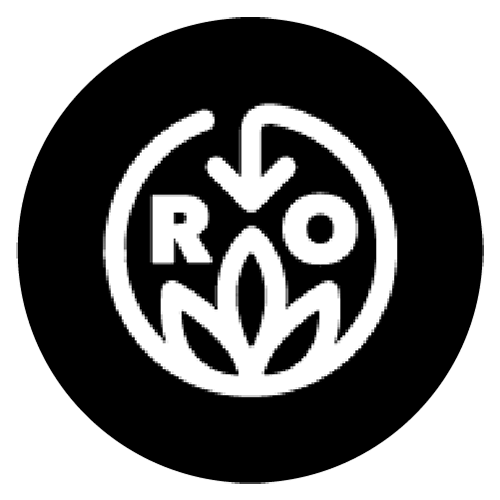What’s Next?
Studies have shown that most consumers are not yet familiar with the term “regenerative.” A clear and valid certification process will be critical. Right now, consumers are overwhelmed and sometimes skeptical of the certification labels on food. The government, religious organizations and dozens of nonprofits certify foods as “fair trade,” “non-GMO,” “gluten-free” and on and on. To give the term “certified regenerative” meaning will require consumer education, social media outreach, innovative packaging and storytelling. Done right, this may unlock a market transformation, enticing consumers to prioritize regenerative practices in their purchasing decisions.
Despite the lack of consensus thus far, an increase in the number of verified farms will create a ripple effect among producers and brands to build on the existing momentum toward regenerative. Certification processes can be costly—a big barrier of entry for small producers. Investments from CPG, food brands and investment funds—paired with education—to help farmers transition to regenerative is key.
Despite headwinds, the time might be here for major change. Surveys show that millennials and Gen Z do care about sustainability and they support environmentally and socially responsible practices. That trend is unlikely to slow down. The goal: connect and rally consumers around an alternative way of farming that prioritizes the environment, animal wellbeing and farmer profitability while bringing a nutritious product to market.
The Path to a Regenerative Farming Revolution

Earlier this summer, The Attention FWD team published a story for Hormel Foods exploring the path toward a regenerative farming revolution, which included stepping into a regenerative agriculture farm; insights from industry pioneers; the launch of Applegate’s own regenerative hot dog and its journey toward a mainstream market, and other thought-provoking insights about regenerative farming, its connection with health, climate change and the future of food.


